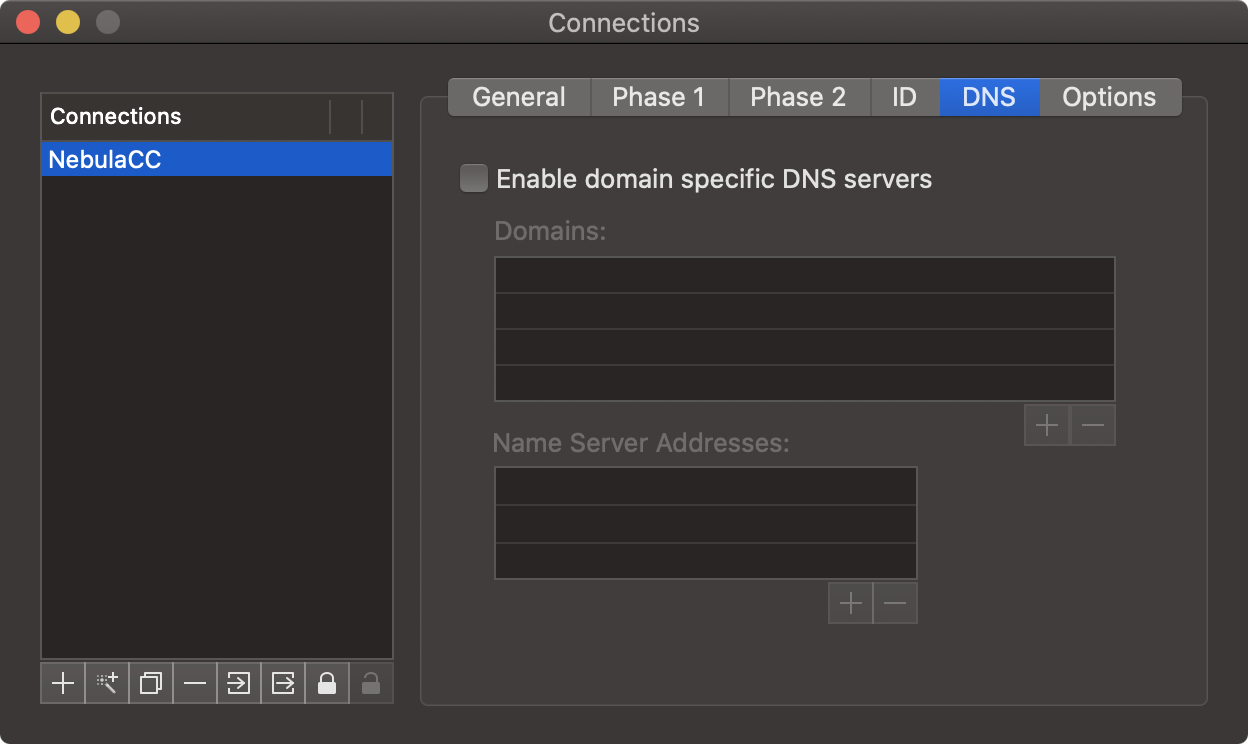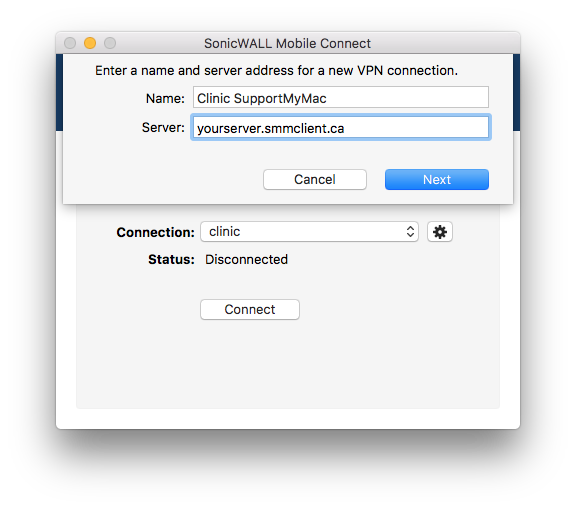

Ipsecuritas will not save connection password#
This password is needed again later when importing to IPSecuritas. Openssl pkcs12 -export -in newcert.pem -inkey private_key.pem -outĪt this point, you must enter a password with which the private key is secured. The following command on the command line converts the key pair created in step 2 appropriately: It is possible to change the validity period using the -days parameter in the command line.Ĭurrent versions of IPSecuritas read the private key only in PKCS 12 format. The private key is in the private_key.pem file. The certificate is now valid for 2 years (730 days) and is located in newcert.pem. Organizational Unit Name (eg, section) :Ĭommon Name (eg, your name or your server's hostname) :M圜omputerName Organization Name (eg, company) :Intra2net On the clients ' General ' tab make the following changes to the setup: Remote IPSec Device Type in the domain name/DDNS hostname or public IP address of the VPN router.

On the connection editor window click on the ' + ' sign to add a VPN policy.

If you enter '.', the field will be left blank. On the applications toolbar click on the 'Connections' menu and select 'Edit Connections'. There are quite a few fields but you can leave some blankįor some fields there will be a default value, What you are about to enter is what is called a Distinguished Name or a DN. You are about to be asked to enter information that will be incorporated Writing new private key to 'private_key.pem' Do not use special characters such as accents or umlauts. The entered values are not relevant in this function, they only have to be unique on all systems connected by VPN. The key pair is calculated and the system will request the certificate data. PEM -keyout private_key.pem -out newcert.pem Openssl req -x509 -newkey rsa:2048 -days 730 -new -nodes -outform PEM -keyform Open a Unix terminal (Programs > Utilities > Terminal).


 0 kommentar(er)
0 kommentar(er)
